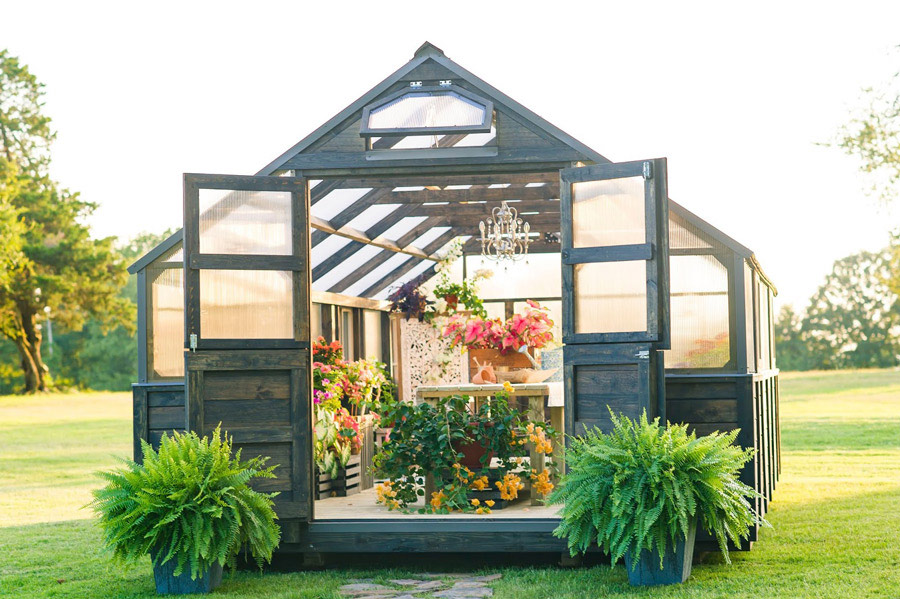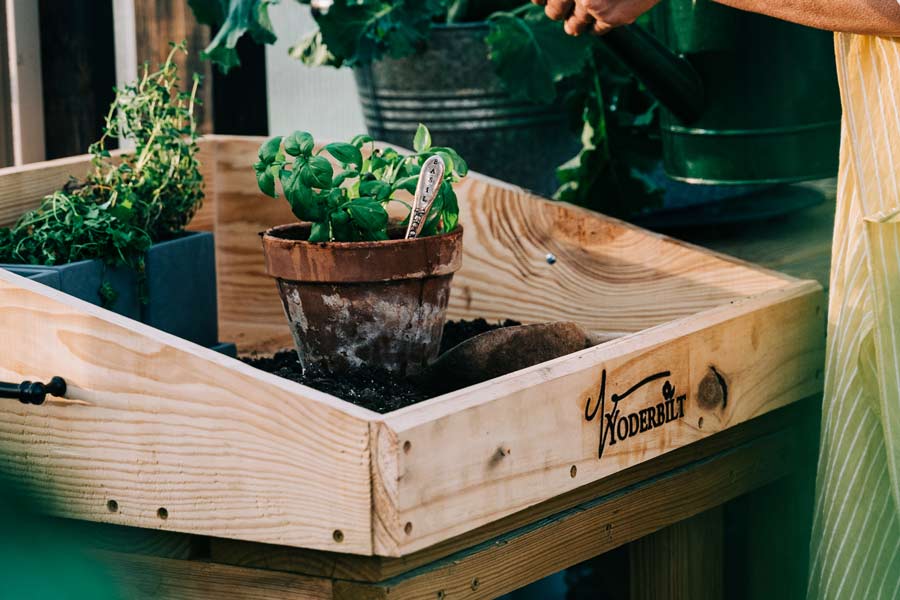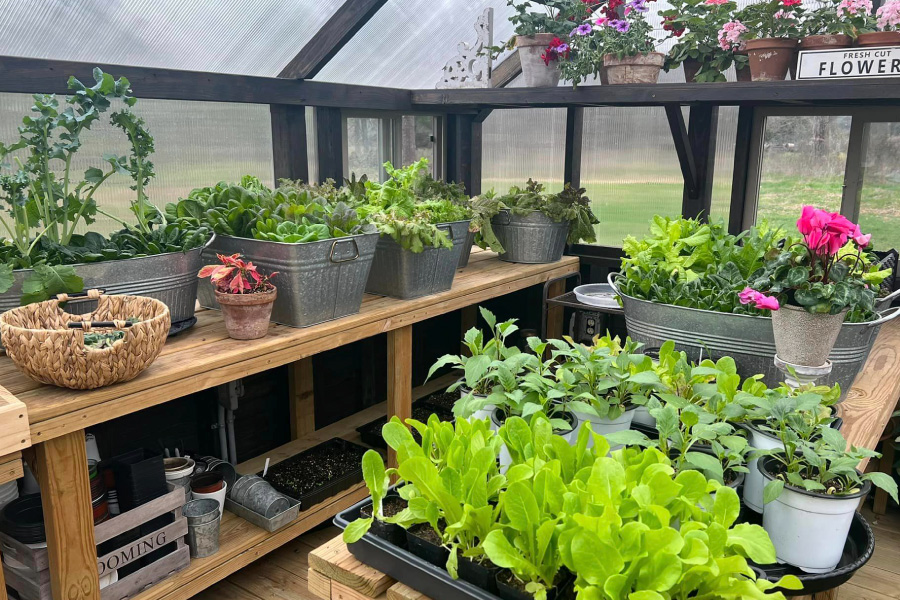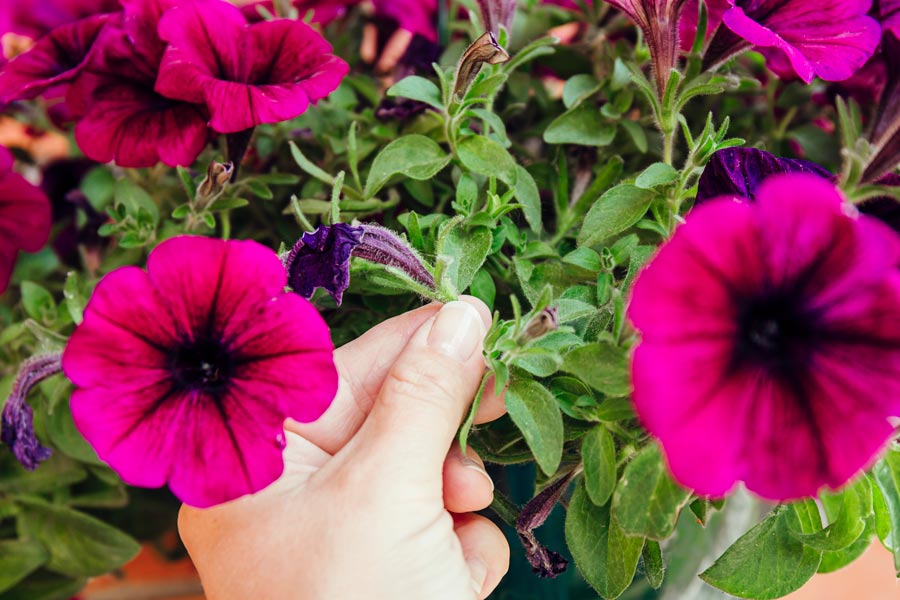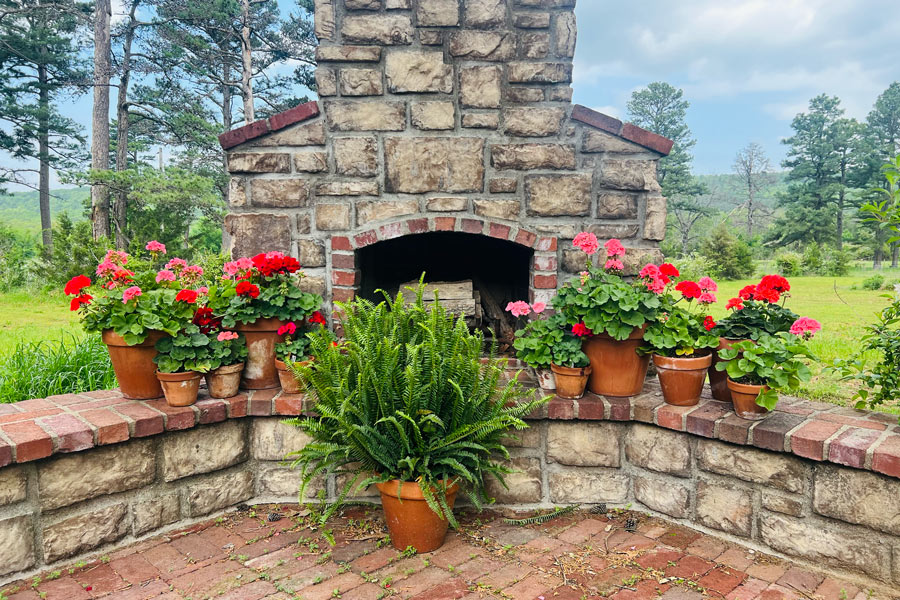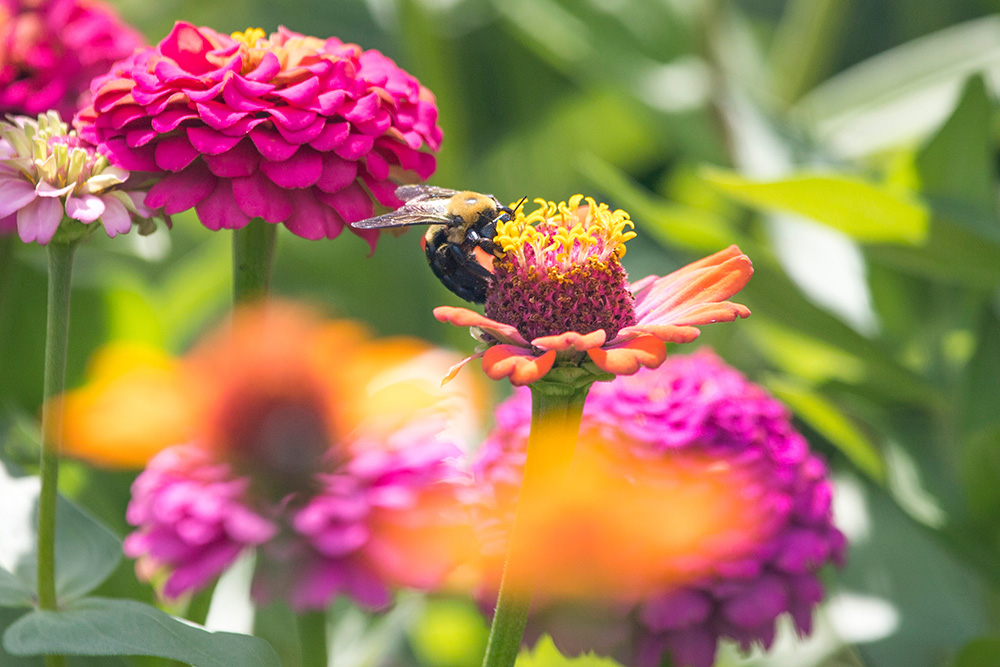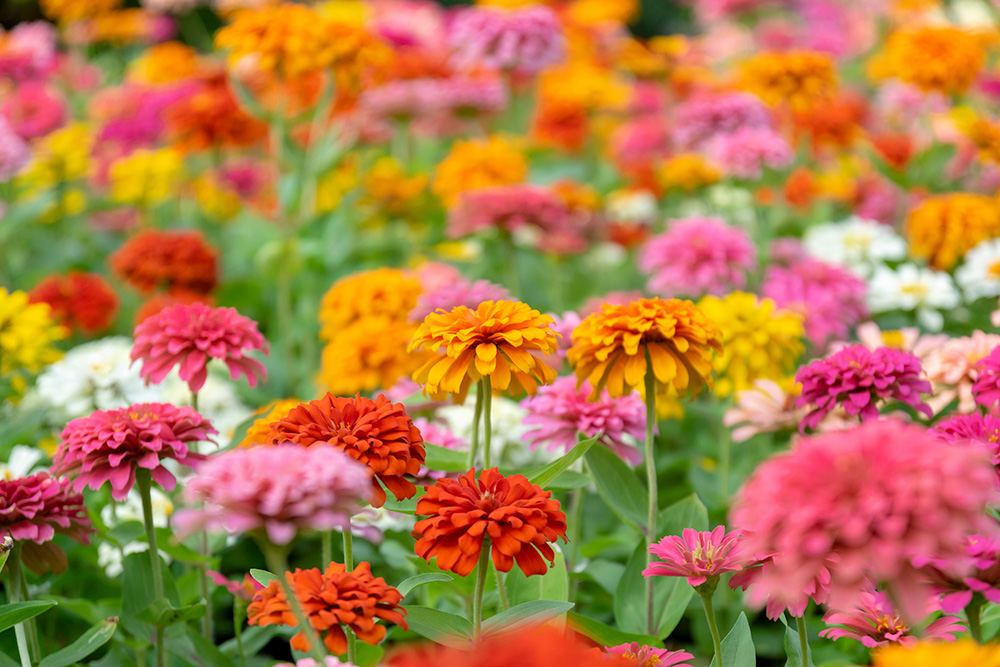How to Fall Prep Your Garden
There are currently two schools of thought on preparing your garden for fall and winter. One in which you have it cleaned and ready to go for spring, and the other, in which you allow it to winter in its natural state to allow advantages of its own reseeding and decomposition process. Which path will you take and will best suit your needs?
Let's dive in and figure it out!

The air is turning crisp, the mornings require a little bit of bundling, and a hot drink is a necessity in hand as you make your way to the garden. Fall has officially arrived. This is always a bittersweet time for the gardener. It's nearing the time to say goodbye to the place you've spent so much of your time, worked hard, and enjoyed the fruits of your labor. It is also a welcomed time as the unrelenting heat, bugs, and weeds are behind us.
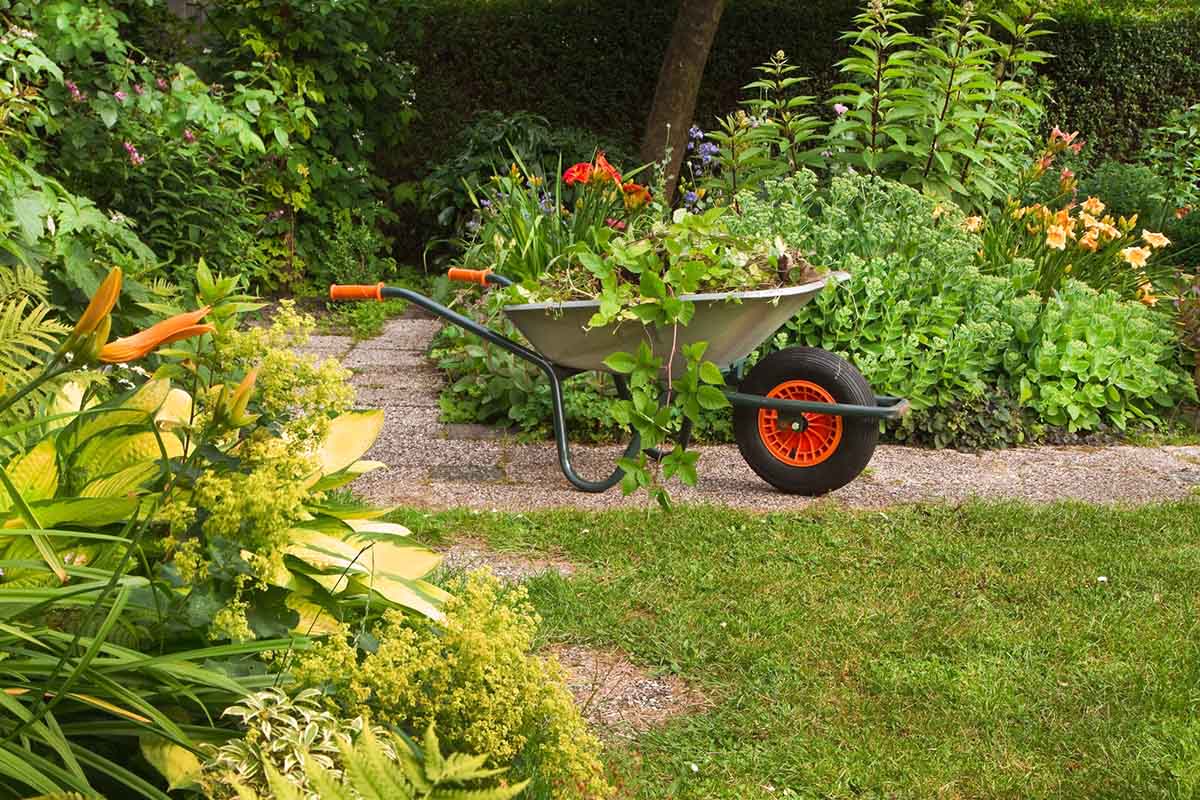
This is also the time where we decide whether to clean up our space or not. Because of the cool weather, Fall is a great time to clean up those garden beds, manage soils, and prepare for next year. A great place to start would be removing all of your gardening support structures, such as trellises, caging, or stakes. Clean those, and store away for spring.
Next, you will want to remove your plants or dispose of them appropriately. For any plants that show signs of disease, you will want to place those in the trash or burn them. Healthy plants can be removed and put in the compost pile.
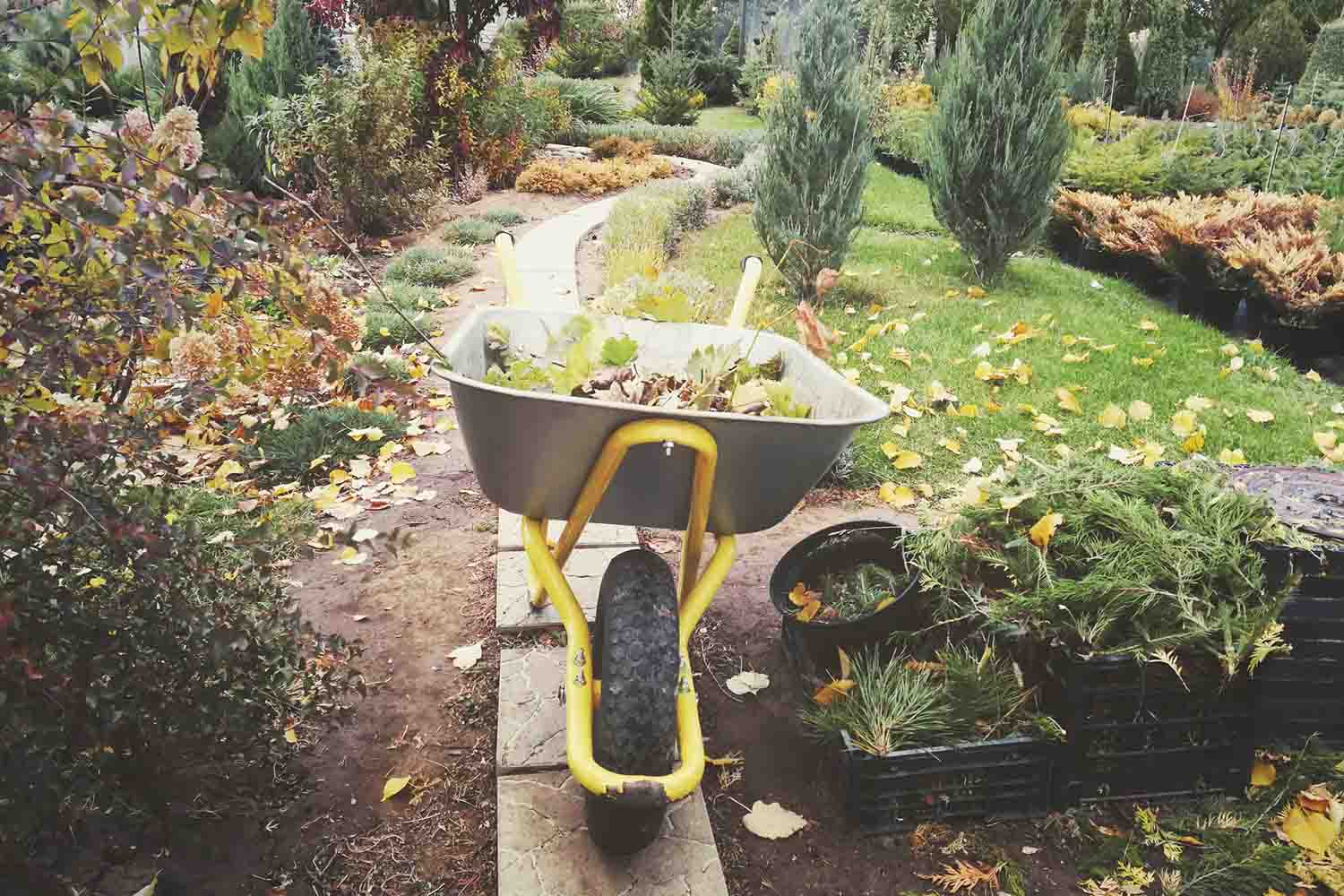
Once the support devices and summer plants are removed, you can add a layer of compost or aged manure to your growing area. Adding a few inches to the top can result in richer garden soil for next spring and amend as needed at that time. Finally, you will clean and store your gardening tools. When spring arrives, you will be ready to go.
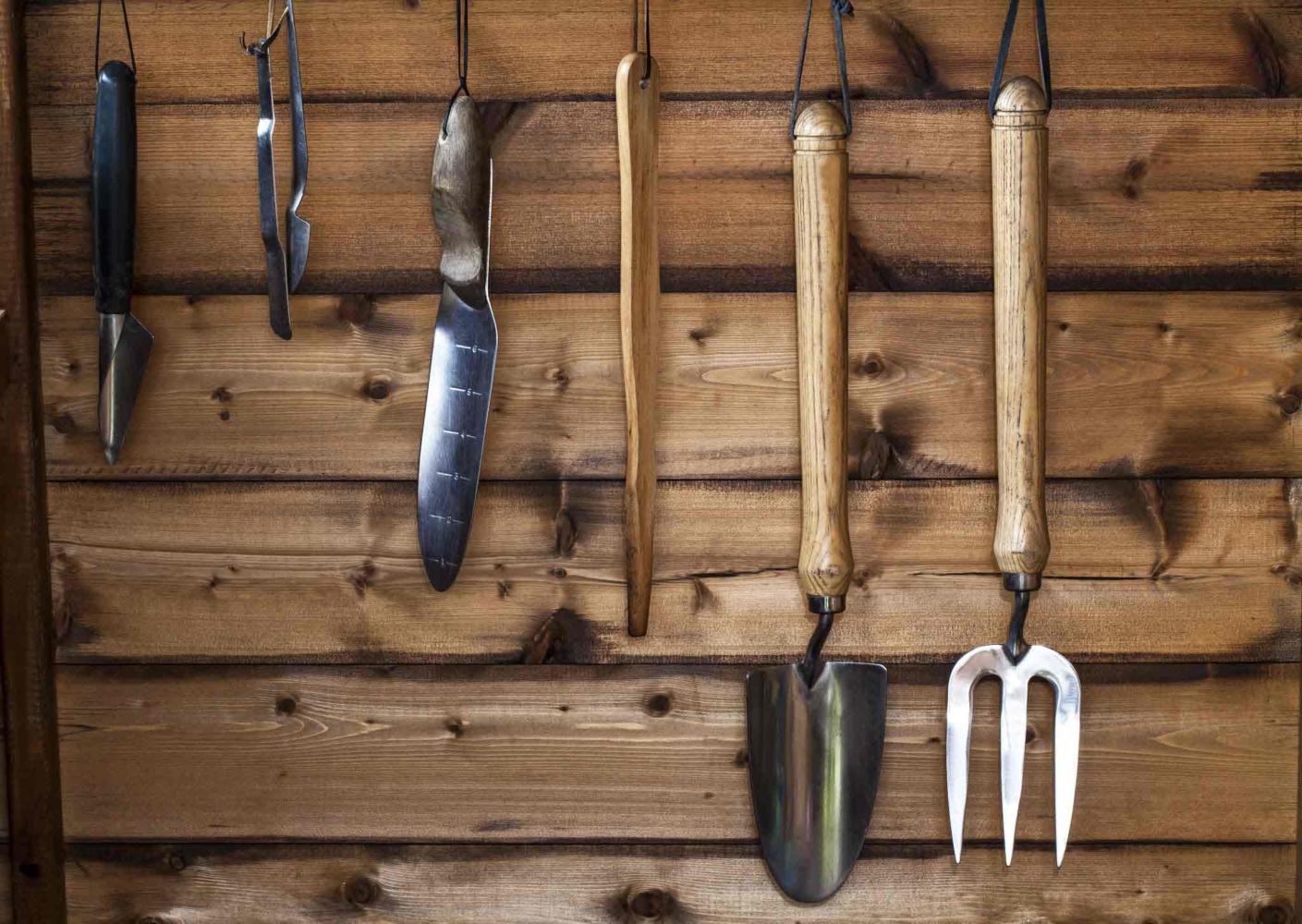
The following method is what we refer to as 'nonpreparation preparation.' The biggest negative to this method is the aesthetic component. It will present as somewhat scraggly and unkept look throughout the winter as it continues to break down. However, the benefits are worth considering.
In this manner, you leave it alone. You would remove, clean, and store all of the support structures as described above. Then remove any plants that are diseased and dispose of in the same manner as mentioned. You will keep all the healthy plants in place to winter in your garden beds.
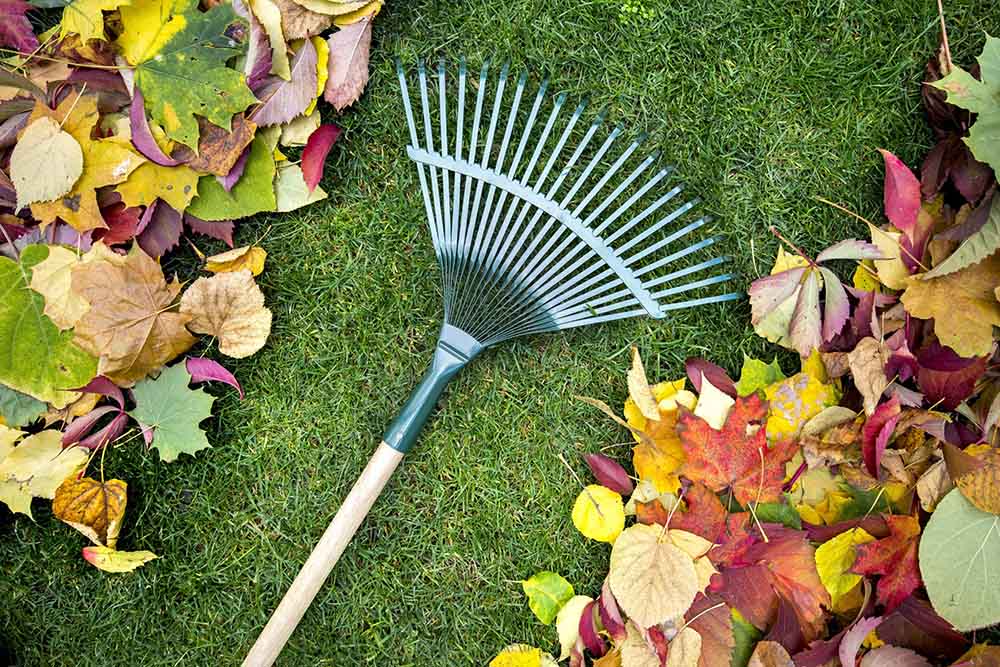
A great benefit is natural seeding. Once your plants have dried and seeded and you have collected what you want, they will then drop and start the resowing process to emerge next spring. You may have such a prolific seedling crop that have to thin or share the seedings. This is especially beneficial if the plants you love are the ones that are allowed to drop and seed. It takes a lot of work out of the process for you next year. It's always a fun process to see what is sprouting up after the dead of winter.
Next, the natural decomposition of the plants, leaves, and roots enrich the soil. This will aid in a better soil composition for the next year and the years that follow if you continue this process. So, it is up to you, but now is the time to begin prepping your garden in one manner or the other for next year.

